Categories
Hot Products
How to choose auxiliary gas for laser cutting?
In order to ensure complete combustion without leaving any debris or edge burrs, and to protect accessories such as galvanometers, auxiliary gas is required for combustion during laser cutting. Based on the processing cost and specific working conditions, common auxiliary gases include oxygen, nitrogen, air, argon, etc. The following is a brief analysis of the suitable processing environment for each gas.
Air
Air is the most basic processing auxiliary gas and has almost no usage cost except for compression. We know that the main components of air are 78% nitrogen, 21% oxygen, and some other gases. The oxygen concentration is not too high, which can prevent the cutting surface from turning black easily. By compressing the air, the pressure, flow rate and air flow quality can be safely controlled, thereby adjusting the processing effect in a timely manner. However, air processing does not have additional acceleration effects, nor does it have the ability to protect the cut surface.
Air has the widest scope of application and can be used for metal materials such as carbon steel, stainless steel, and aluminum alloys, as well as non-metal materials such as wood and acrylic. In addition, the risk factor of using compressed air is relatively low.
oxygen
Oxygen is suitable for use as an aid in metal processing. Supplying a sufficient amount of oxygen can also have a combustion-supporting effect, making the processing point more complete and improving efficiency. This is also the fastest processing speed among all auxiliary gases. Using high-flow oxygen can help the residue break away from the metal material, thereby alleviating the problems of slag hanging and blackening.
For carbon steel and low alloy steel materials, as well as thicker plate processing, or when quality and surface requirements are not high, oxygen can be considered as an auxiliary agent. Of course, when using high-concentration oxygen, you should pay attention to its safety issues, handle it with care, and keep away from fire sources and laser heat sources.
Nitrogen
Nitrogen-assisted machining also has some special advantages. Nitrogen can prevent oxidation reactions and blow away molten material, keeping the workpiece relatively cool and keeping the cutting surface smooth and clean, resulting in better cutting quality.
Nitrogen processing is more suitable for cutting stainless steel and other materials. However, it should be noted that nitrogen needs to be produced by an industrial nitrogen generator. Nitrogen storage is more inconvenient than oxygen. At the same time, the amount of nitrogen used per unit time is usually greater than that of oxygen, which makes the overall cost of nitrogen processing potentially higher.
Inert gas
Inert gas can be thought of as an enhanced version of nitrogen assistance. It is more inert, helps protect the appearance of the cutting, and also helps reduce the heat-affected area. However, the inert gas itself is difficult to prepare and the cost is high. It is generally used for processing special materials such as titanium alloy and copper.
For laser processing, the choice of auxiliary gas must not only consider the processing effect, but also comprehensively consider factors such as processing speed, consumption cost, safety, etc., and comprehensively select the most appropriate auxiliary gas.

Any needs, welcome to contact us
Email: jy@brandnew-china.com
WhatsApp/Wechat/Skype: 0086 180 7283 5781
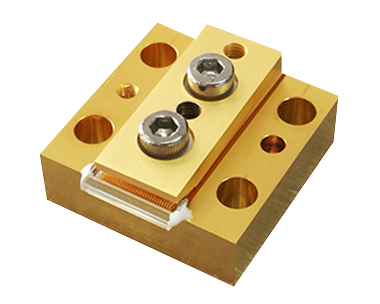
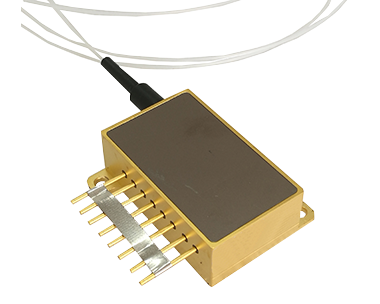
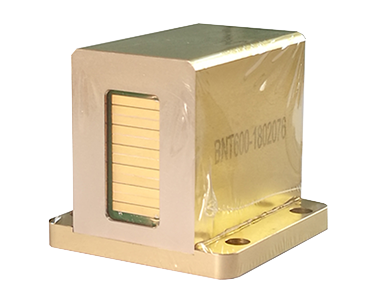
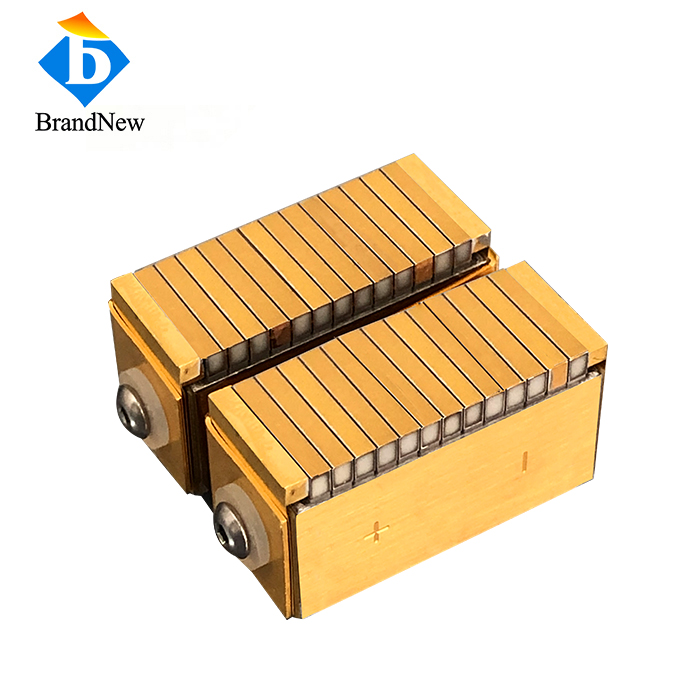 Vectus 24Bars 2400W 808nm QCW Water Cooled Vertical Stack Diode Laser
Vectus 24Bars 2400W 808nm QCW Water Cooled Vertical Stack Diode Laser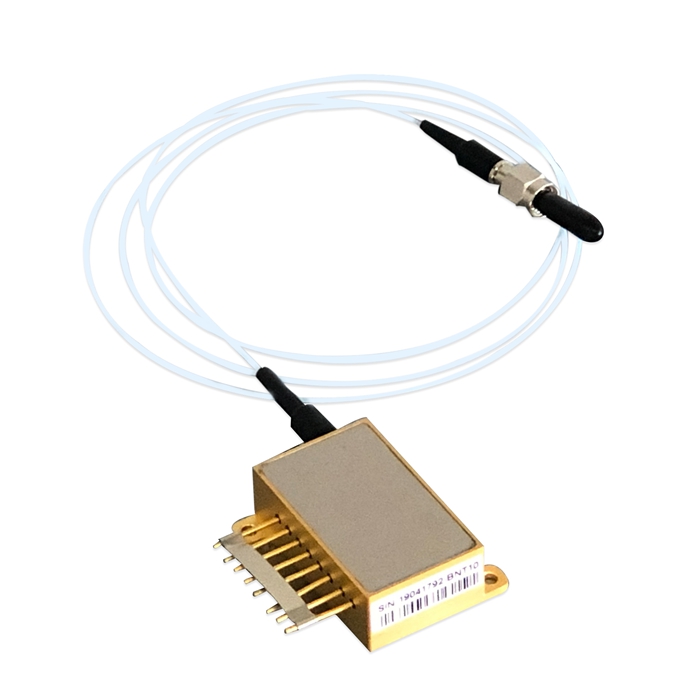 3W 808nm Fiber Coupled Diode Laser with Aiming Beam
3W 808nm Fiber Coupled Diode Laser with Aiming Beam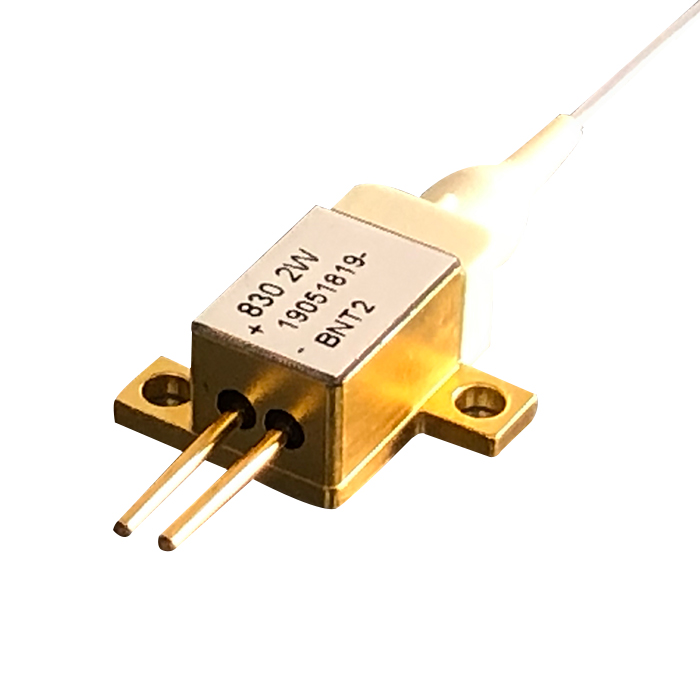 2W 830nm fiber coupled diode laser with Jenoptik laser chips for CTP printing
2W 830nm fiber coupled diode laser with Jenoptik laser chips for CTP printing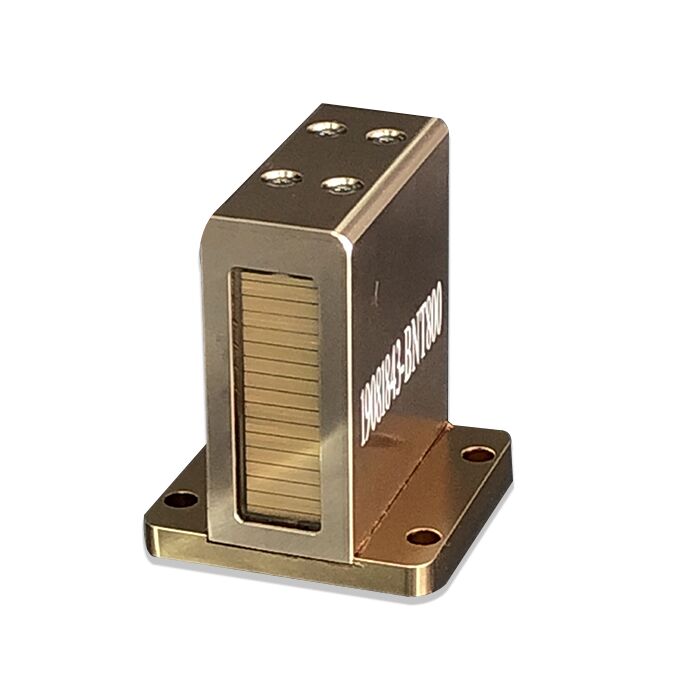 800W 808nm 100W 8bar Water Cooled Vertical Stack Diode Laser
800W 808nm 100W 8bar Water Cooled Vertical Stack Diode Laser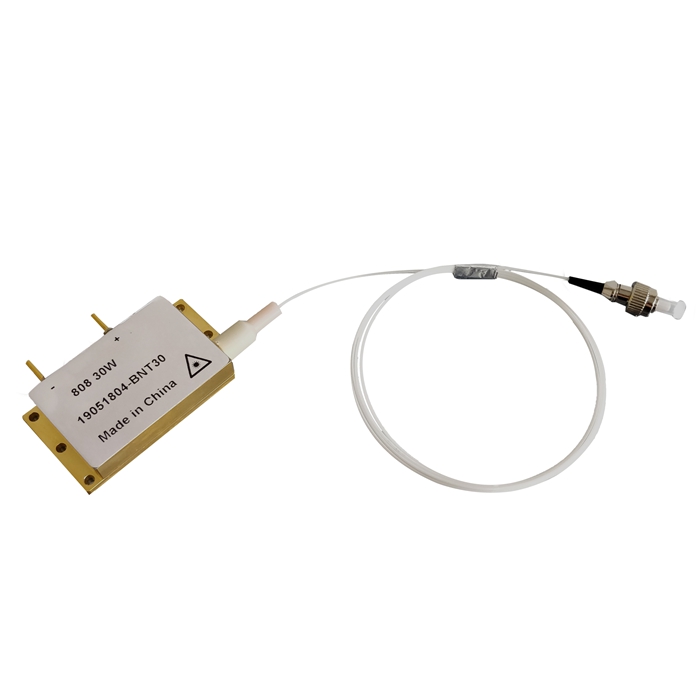 30W 808nm Fiber Coupled Laser Diode
30W 808nm Fiber Coupled Laser Diode